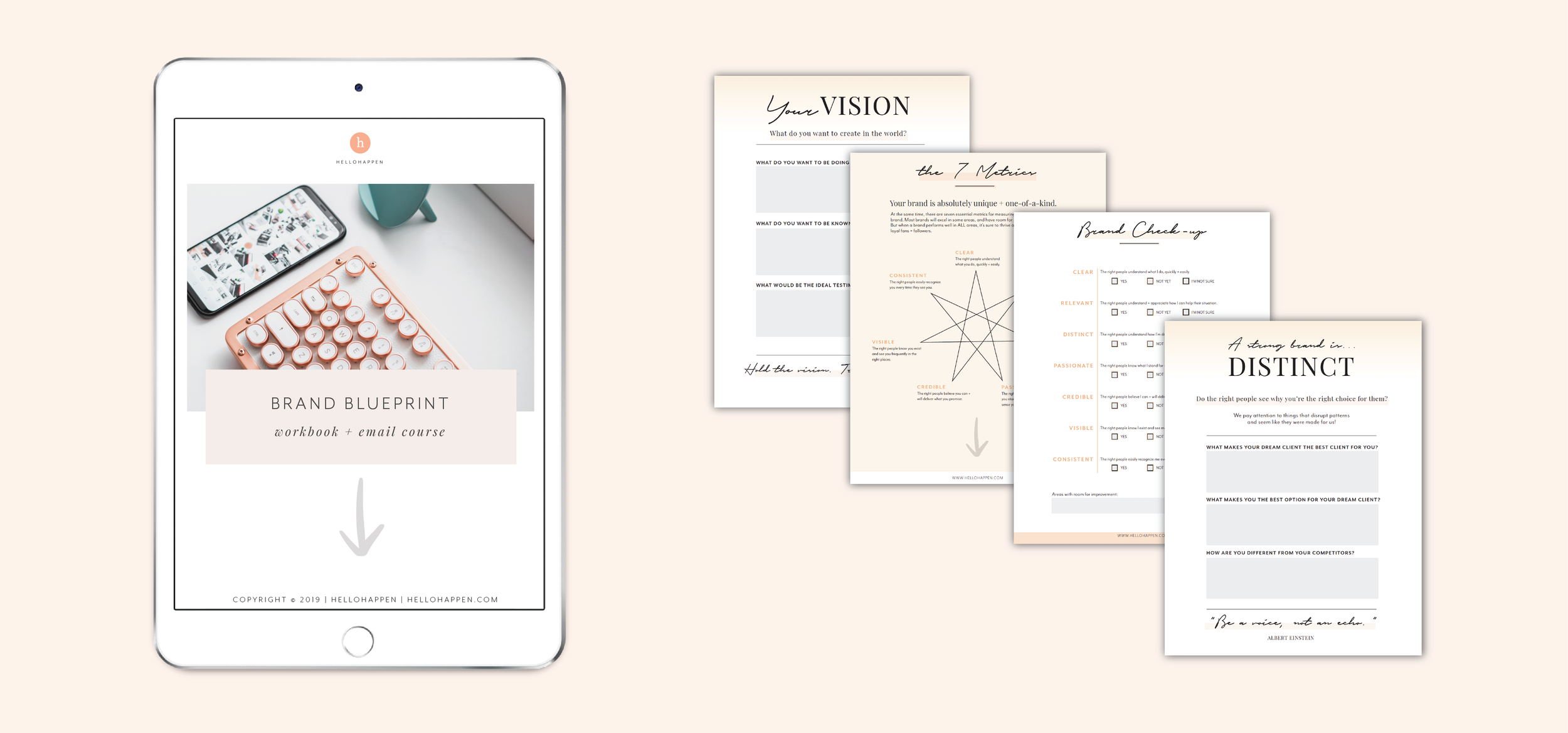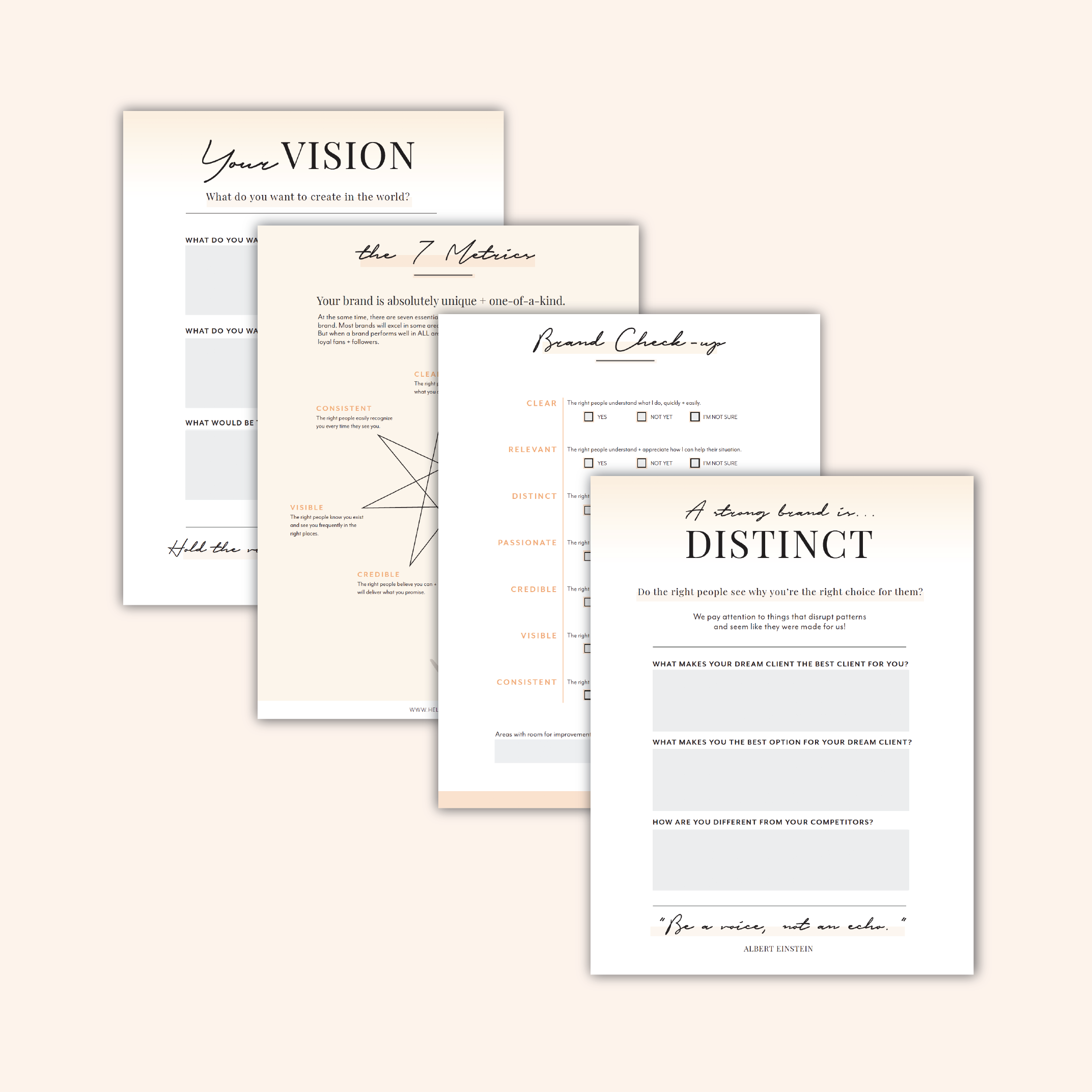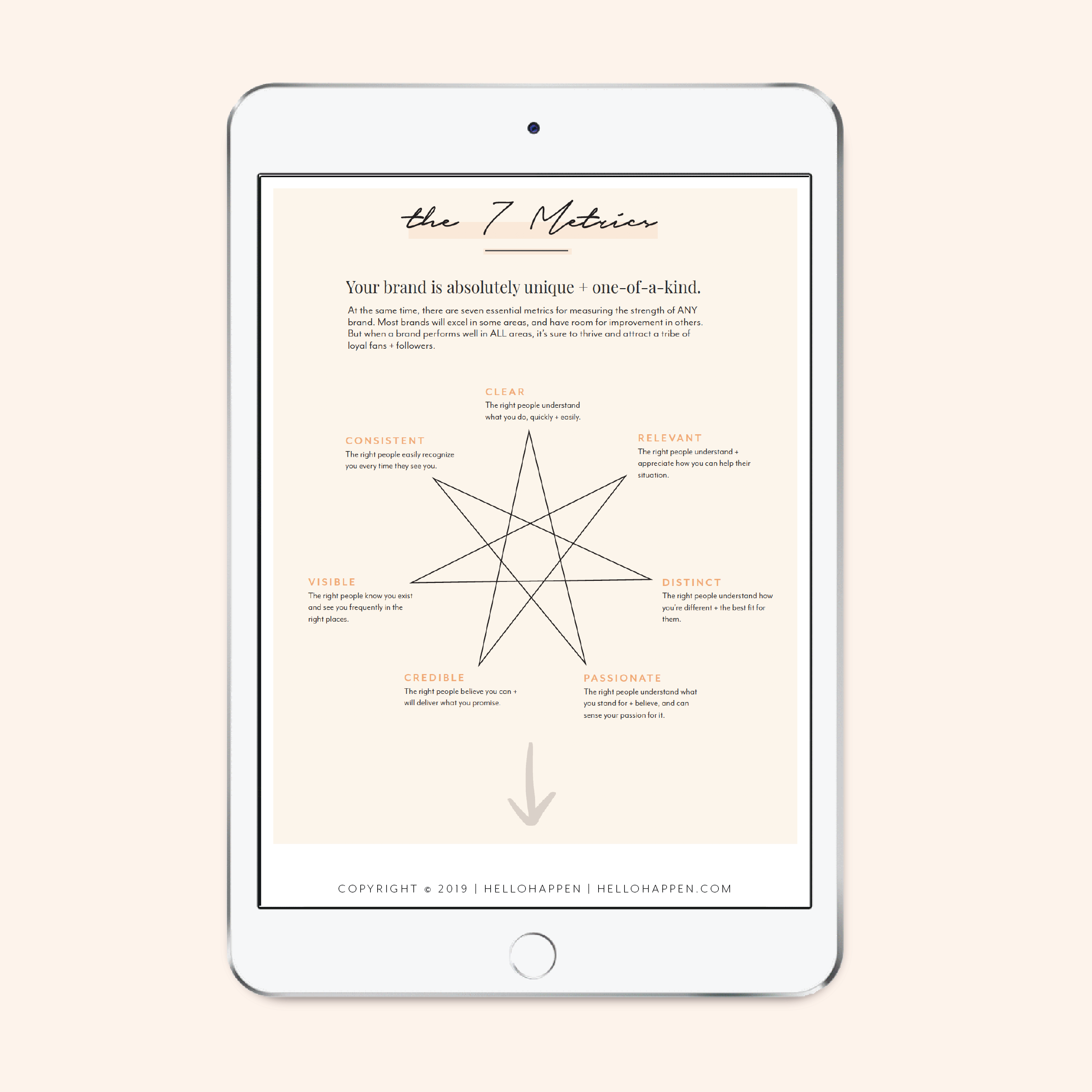Getting unstuck & becoming a more confident decision-maker
As an entrepreneur, you have so many decisions to make every day!
How to invest your energy, what to create, which direction to go…
In the midst of all these choices, we can wind up feeling confused, anxious, indecisive, torn, and resistant. These feelings show up as procrastination, inaction, avoidance, and other unhelpful patterns.
These moments happen to all of us… and there’s a simple and very good reason for them! They actually present great opportunities to become a more confident decision maker – trusting yourself to take action and figure things out as you go.
So you can move further, faster!
Whether you’re shying away from bold action, struggling to choose your next step, or just plain old feeling STUCK… catch the quick video below, and then answer the questions to find your path forward.
This is for you if:
You’re feeling stuck about your next step, and can’t seem to reach a decision and path forward that feels solid.
You know what you need to do, but you’re struggling to move forward and take confident action.
You’re taking some action but feeling uncertain about it, and wondering if you’re headed in the right direction.
You’re ready to use this moment of indecision as an opportunity to become a better, more confident decision maker.
Did you catch the video? Super! Then you know the root cause that often leads to confusion, indecision, or inaction. Now, we can address it at the source :)
Here are the questions to guide yourself through…
1. The two parts
The first step to reaching a decision is getting clear on the main options!
Start by defining the two parts of you, and what each of them wants to do. One part of you wants X, and one part of you wants Y. State these aloud to yourself, or in writing.
If you’re feeling torn between more than two options, you can either:
Choose the two you feel the most instinctively drawn to, and release the rest.
Group the options in a way that feels intuitive to you (e.g., safe options vs. challenging options).
Part of me wants (to)…
…but the other part of me wants (to)…
Example: Part of me wants to pivot into a new area of business. But the other part of me wants to stick to what I’ve been doing for the past 10 years.
Tip: It can be helpful to mentally select someone from your life to represent each side… a parent, a friend, or someone from your past who embodies this choice in your mind. (Example: I could see Dad liking this option, and my sister liking this one. I’ll imagine them representing each side.)
Stop here, and state this aloud to yourself, or write it down. Clarify this in your mind, and go to the next step.
2. For what purpose?
Start drilling down into the purpose behind each part’s desire. Ask each part (or each person, if you chose a person to represent each side in your mind): For what purpose does this part of you want to go this direction? For what purpose does the other part of you want to go in another direction?
This is the time to get really curious and keep drilling down until you understand the motivation for each option. Keep asking, “for what purpose,” until you get down to the real reasons.
Then repeat for the other part. You may need to alternate between the two parts a few times, to get down to the core values.
For what purpose does this part of me want…?
…For what purpose?
…For what purpose?
Example: (For what purpose does this part of me want to pivot?) So I can work with X type of clients. (For what purpose?) So I can feel more fulfillment in my work. (For what purpose?) So I can know I’m making an impact I care about. (For what purpose?) So I can know my presence in the world matters. (etc.)
(Remember to repeat this process for the other side!)
Example: (For what purpose does this part of me want to keep doing what I’ve been doing?) So I can feel secure knowing I’ll book clients. (For what purpose?) So I don’t have to stress about money. (For what purpose?) So I can feel in control. (etc.)
Stop here, and try this exercise aloud with yourself, or write it out in your journal. Can you get to the heart of your motivations? Once you clearly verbalize what is underlying each part’s desire, go to the next step.
3. Integration
As you probe deeper into each part’s motivations, one of two things will happen… you’ll either see that ultimately both parts have the same core intention or value, and so they become integrated (it will become clear which option serves the value best)
…or you’ll see that one motive/value is actually more important and essential to you in this season, for who you are becoming.
Don’t rush this process or get attached to the outcome. Just remain curious as your mind works under the surface to deliver the answer to you!
I’m beginning to see that both parts truly desire…
…Knowing this, I realize it’s time for me to...
Example: I’m beginning to see that both parts truly desire to make an impact, and that’s more important to me than feeling secure. Knowing this, I realize it’s time for me to pivot my business into this exciting new direction and do the work I feel called into.
Recap
There you have it, friend! This technique belongs to the toolbox of neurolinguistic programming (NLP) methods that I find super simple and effective at resolving internal conflict for my clients, so they can take brave, confident steps forward in their businesses!
Remember: any time you feel stuck, you can always turn inward to look and see clearly what is driving your instincts and motivations… and make a conscious choice about what truly matters to you, and the values you choose to pursue in each decision.
Swipe my free
BRAND BLUEPRINT + 7-DAY EMAIL COURSE
Grab the Blueprint, find a cozy spot, and let’s build your stand-out brand together! Join my email list and get my Brand Blueprint + 7-day Email Course for free. (You can unsubscribe anytime, but I don’t think you’ll want to!)




















